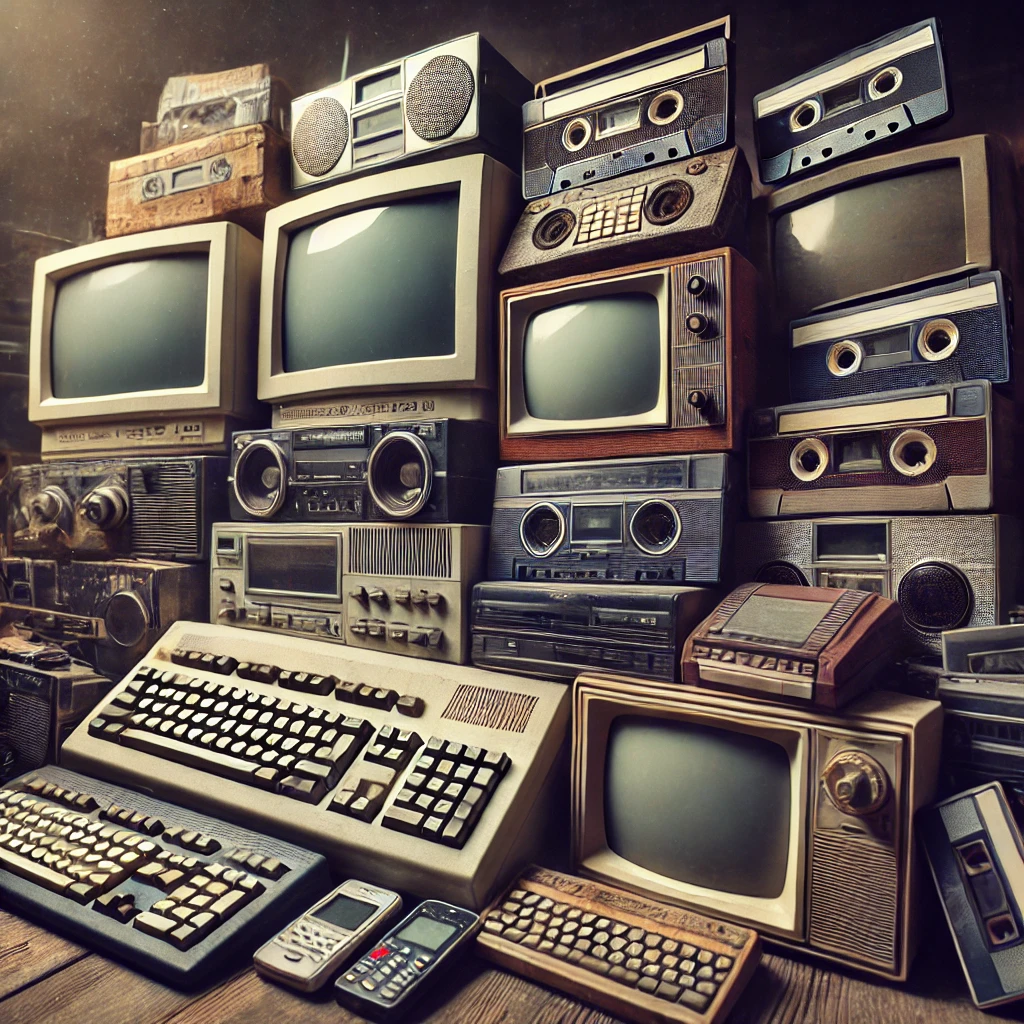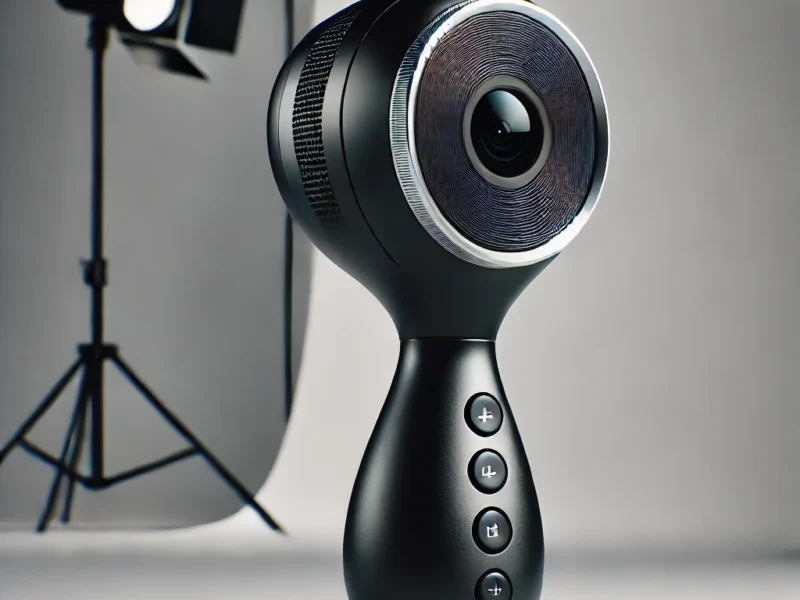In an era dominated by smartphones, smartwatches, and AI-driven devices, it’s easy to forget the technological marvels of the past. However, taking a trip down memory lane to revisit old technology can be both nostalgic and insightful. This blog post delves into the evolution of technology, highlighting significant milestones and interlinking related advancements in Canton Technology and Lucent Technologies.
Pile of Old Technology:
The phrase “pile of old technology” conjures images of outdated gadgets and devices that once held significant value in our lives but now gather dust in attics and basements. This pile, however, is more than just a collection of obsolete items; it represents a timeline of human innovation, a testament to how far we have come, and a reminder of the challenges and triumphs that have shaped the modern technological landscape. In this section, we will explore the significance of this technological heap and what it tells us about the past, present, and future.
Analog Phones: The Dawn of Modern Communication
Analog phones were the precursors to today’s digital communication devices. These phones, with their rotary dials and landline connections, were groundbreaking at the time. They made long-distance communication possible and paved the way for the telecommunications revolution. Although they may seem quaint now, these devices were the backbone of global communication networks for decades.
Cassette Tapes and Vinyl Records: The Golden Age of Music
Before digital music players and streaming services, music enthusiasts relied on cassette tapes and vinyl records. These formats offered a physical connection to music, requiring devices like Walkmans and record players. The process of playing music on these devices, from flipping the cassette to placing the needle on the vinyl, was a ritualistic experience that many still cherish.
Vintage Video Game Consoles: The Birth of Gaming Culture
Vintage video game consoles like the Atari 2600 and Nintendo Entertainment System (NES) were revolutionary in the world of entertainment. These consoles introduced gaming to the masses, creating iconic games and characters that remain popular today. The simplicity and innovation of these early consoles laid the foundation for the complex and immersive gaming experiences we enjoy now.
Film Cameras: Capturing Moments in Time
Film cameras, which predate digital photography, required skill and patience. Photographers had to carefully select their shots, knowing they had a limited number of exposures on a roll of film. The development process added another layer of anticipation and artistry. Despite the convenience of digital cameras, film photography is experiencing a resurgence as people appreciate the unique quality and process of analog photography.
The Rise and Fall of Analog Phones:
Analog phones were once the pinnacle of communication technology. They allowed people to connect over long distances with unprecedented clarity. These phones, often equipped with rotary dials, are now considered vintage items. The transition from analog to digital was a significant leap, leading to the development of more sophisticated communication tools.
The Legacy of Canton Technology:
One notable player in the evolution of communication technology is Canton Technology. Known for its pioneering work in enhancing analog signals, Canton Technology laid the groundwork for modern telecommunications. Their innovations in signal processing and transmission have had lasting impacts on the industry. Today, while the technology itself may seem outdated, the principles behind Canton’s advancements are still in use.
Cassette Tapes and Vinyl Records:
Before the era of digital music and streaming services, cassette tapes and vinyl records were the primary mediums for music lovers. These physical formats required devices like Walkmans and record players, which are now treasured by collectors. The tactile experience of handling a cassette tape or a vinyl record is something that digital formats cannot replicate.
Lucent Technologies: Pioneers of Digital Communication
Another significant contributor to the tech landscape is Lucent Technologies. This company was at the forefront of transitioning from analog to digital communication. Their work in developing fiber optic technology and digital signal processing revolutionized how data was transmitted and received. Lucent Technologies’ contributions are a testament to the rapid advancements in the tech industry.
The Evolution of Computers:
From the bulky mainframes of the 1960s to the sleek laptops of today, computers have undergone dramatic transformations. Early computers like the ENIAC were massive machines that required entire rooms to operate. Over the decades, technological advancements have led to the creation of personal computers that fit on desks and, eventually, in our pockets.
The Enduring Charm of Vintage Video Games:
Vintage video game consoles, such as the Atari 2600 and the Nintendo Entertainment System (NES), hold a special place in the hearts of many gamers. These consoles introduced iconic games that set the foundation for today’s gaming industry. Despite the advanced graphics and complex gameplay of modern games, many enthusiasts still enjoy the simplicity and charm of vintage gaming.
Film Cameras in the Digital Age:
Before the advent of digital cameras, film cameras were the standard for photography. These cameras required film rolls and darkrooms for photo development. Despite the convenience of digital photography, film cameras have seen a resurgence in popularity. Many photographers appreciate the artistic quality and authenticity that film photography offers.
The Role of Canton Technology in Modern Innovations:
Canton Technology continues to influence modern innovations. Their research in signal processing is integral to current technologies such as 5G and Internet of Things (IoT) devices. By understanding the historical context of these advancements, we can better appreciate the sophistication of today’s tech landscape.
The Future of Old Technology:
As we stride forward into an era of ever-accelerating technological innovation, it’s easy to dismiss older technologies as mere relics of a bygone age. However, old technologies hold intrinsic value in understanding the trajectory of technological progress and providing a foundation upon which future advancements are built. Let’s delve into the multifaceted future of old technology, encompassing preservation, education, and resurgence.
Preservation:
Preserving old technology is akin to safeguarding pieces of history. Collectors and historians play a pivotal role in this endeavor, meticulously gathering, restoring, and maintaining devices that have long been retired from mainstream use. This preservation serves several purposes:
- Educational Resource:
Museums and private collections of old technology provide invaluable educational resources. They offer tangible insights into the evolution of design, functionality, and innovation. For instance, seeing an original rotary phone or an early personal computer like the Apple II can provide a more profound understanding of the technological leaps that have occurred over the past decades.
-
Cultural Significance:
Many old technologies are cultural artifacts that reflect the societal values, aesthetics, and technological limitations of their time. Preserving these items helps us understand how past generations interacted with technology and how it influenced their daily lives.
-
Technical Insights:
For engineers and technologists, studying old technology can offer valuable lessons in design and problem-solving. The constraints faced by past inventors often led to ingenious solutions that can still inspire modern innovation.
Education: Bridging Past and Future
Old technologies serve as educational bridges that connect the past with the future. By studying these devices, students and enthusiasts can gain a deeper appreciation for the ingenuity and creativity that spurred technological advancements. Educational institutions and tech museums leverage old technology in several ways:
-
Historical Context:
Incorporating old technology into curricula provides students with a historical context for modern devices. Understanding the incremental improvements and occasional paradigm shifts that led to today’s technology fosters a more comprehensive understanding of the field.
-
Hands-On Learning:
Many educational programs use old technology for hands-on learning experiences. Disassembling and reassembling vintage gadgets can teach students about fundamental electronic components and mechanical systems in a way that abstract theoretical learning cannot.
-
Inspiration for Innovation:
Learning about the challenges and limitations of past technologies can inspire new solutions. Innovators can draw parallels between historical challenges and contemporary issues, potentially uncovering novel approaches to modern problems.
Resurgence: The Renaissance of Retro Tech:
Interestingly, many old technologies are experiencing a resurgence in popularity. This renaissance of retro tech is driven by several factors:
-
Nostalgia:
For many people, old technology evokes a sense of nostalgia, bringing back memories of simpler times. This emotional connection can drive demand for vintage items, from early video game consoles to classic turntables.
-
Aesthetic and Design Appreciation:
The design and craftsmanship of many old technologies are being rediscovered and appreciated anew. Vintage devices often feature robust construction, tactile interfaces, and unique aesthetic elements that contrast sharply with the sleek, minimalist designs of contemporary gadgets.
-
Functionality and Authenticity:
Some users find that older technologies offer a level of functionality and authenticity that modern devices lack. For example, film cameras provide a tactile and deliberate photography experience that many digital cameras cannot replicate.
-
Sustainable Consumption:
In an era of increasing environmental awareness, there’s a growing movement towards sustainable consumption. Repairing and reusing old technology aligns with this ethos, reducing e-waste and extending the life cycle of products.
-
Market Value:
Certain vintage tech items have become valuable collectors’ items. The rarity and historical significance of these devices can drive up their market value, making them attractive investments.
The Continued Relevance of Old Technology
The future of old technology lies in its continued relevance. Even as we advance into a more digital and interconnected world, the principles and innovations of the past will always hold lessons for the present and future. By preserving, studying, and appreciating old technology, we ensure that these lessons are not lost to time.
Conclusion:
Reflecting on the pile of old technology, it’s clear that each device and innovation played a crucial role in shaping the modern world. From the analog phones that sparked the communication revolution to the pioneering work of Canton Technology and Lucent Technologies, the legacy of these technologies endures. As we continue to forge ahead in the digital age, it’s important to remember and honor the technological milestones of the past.



